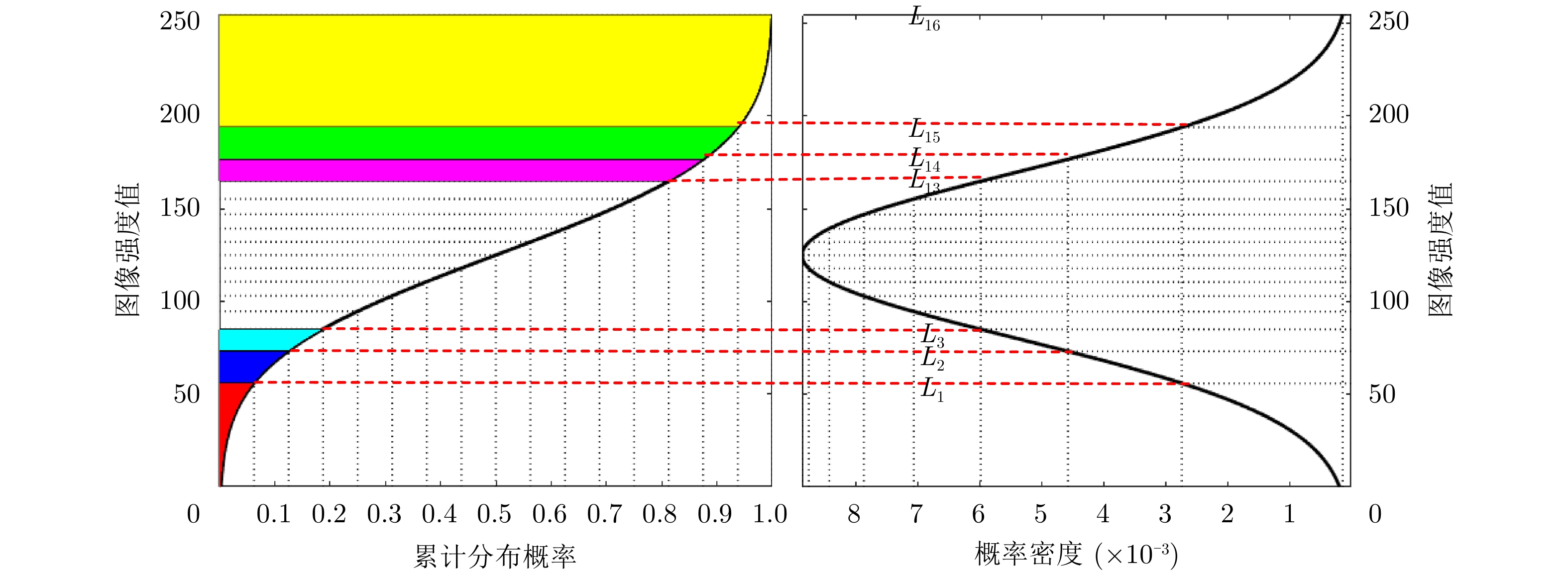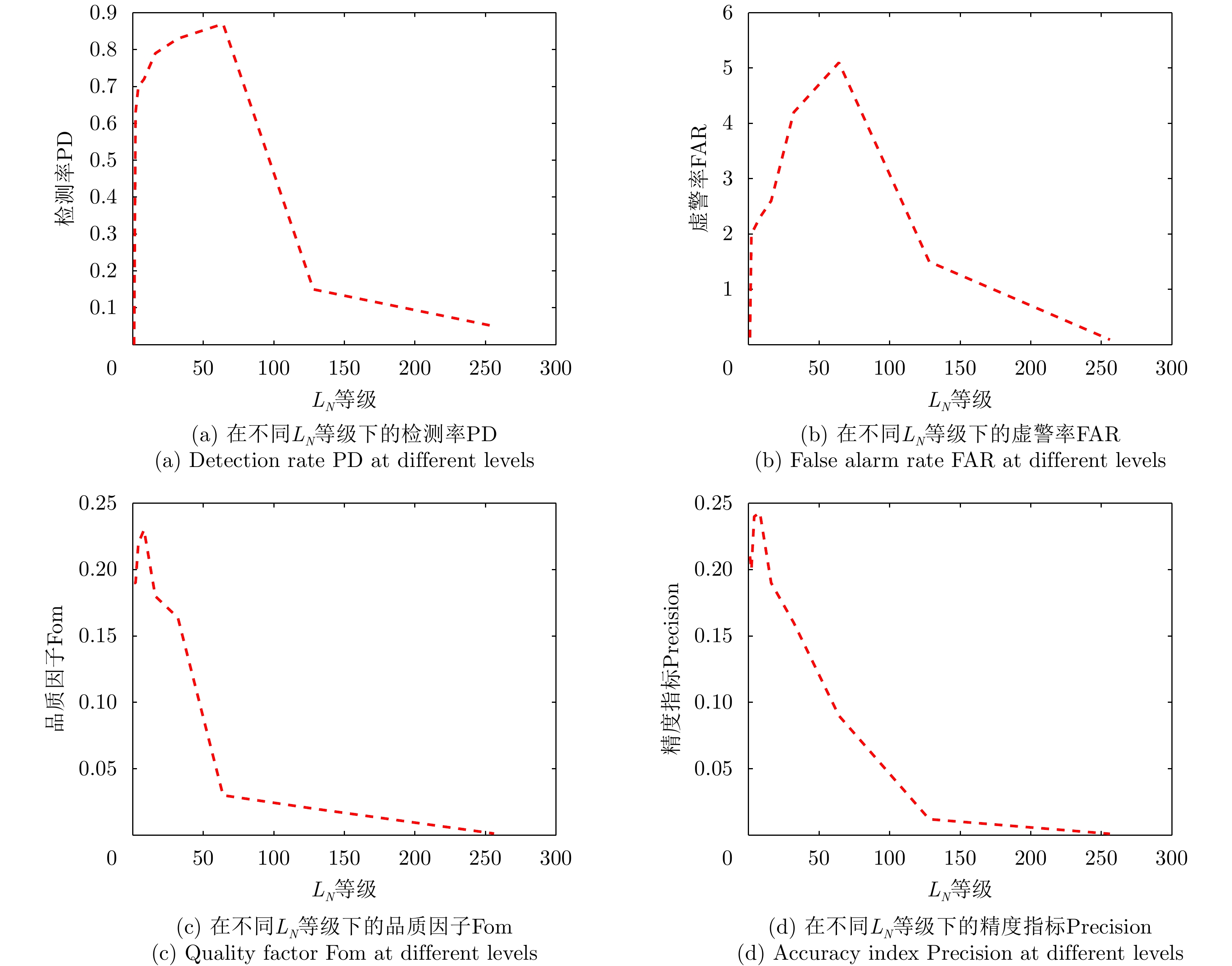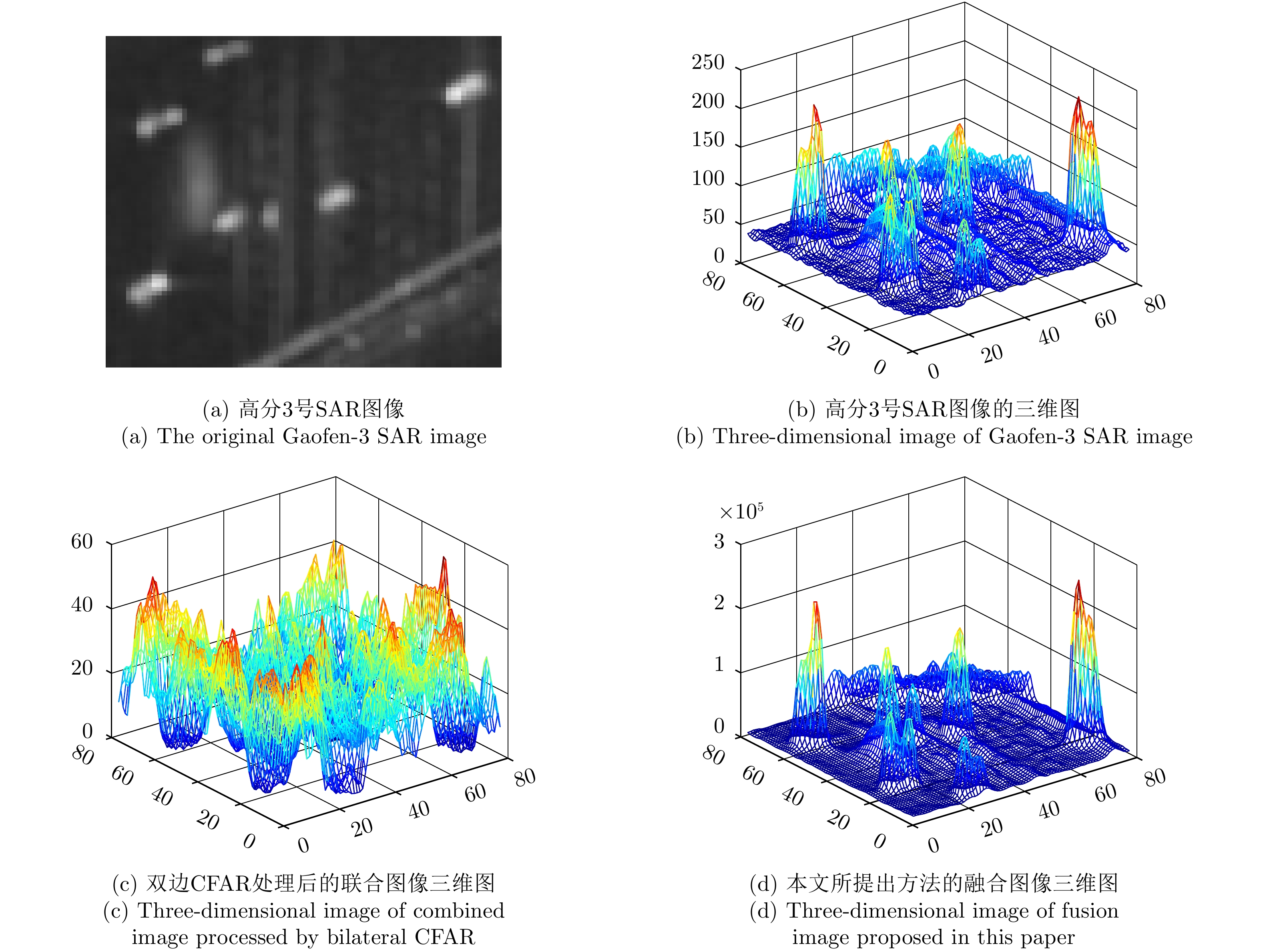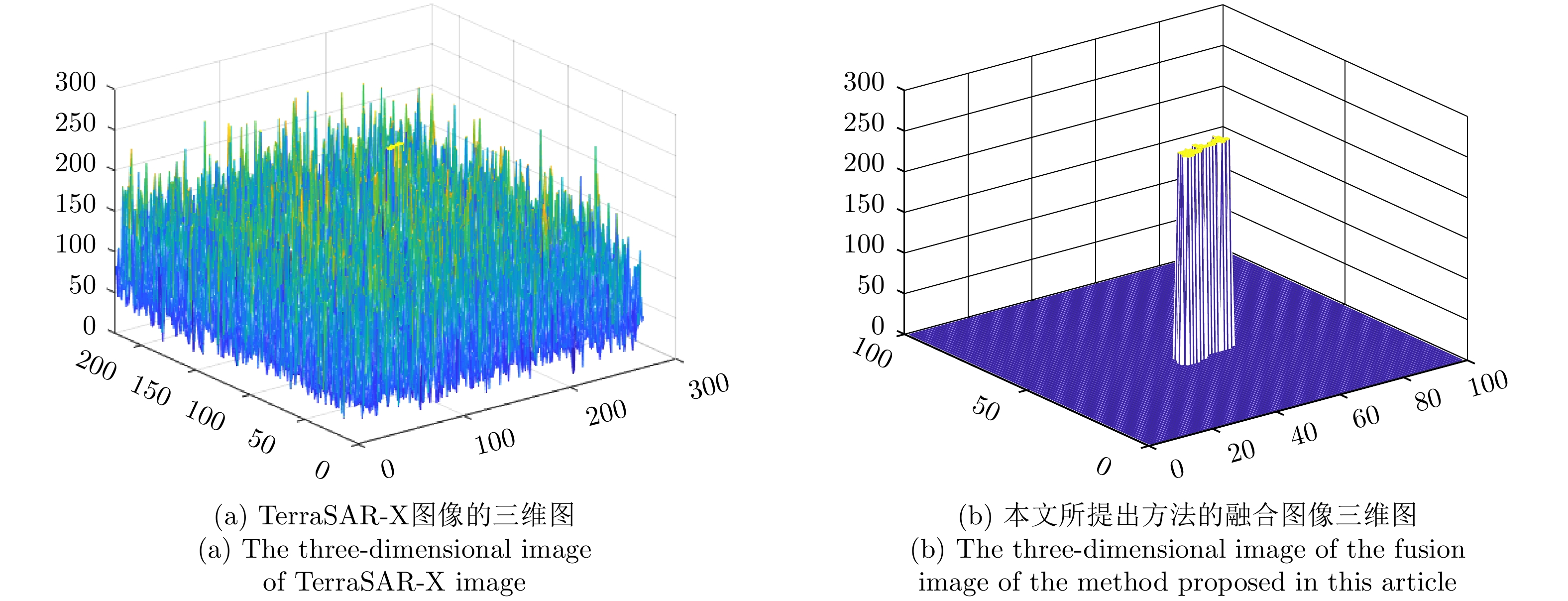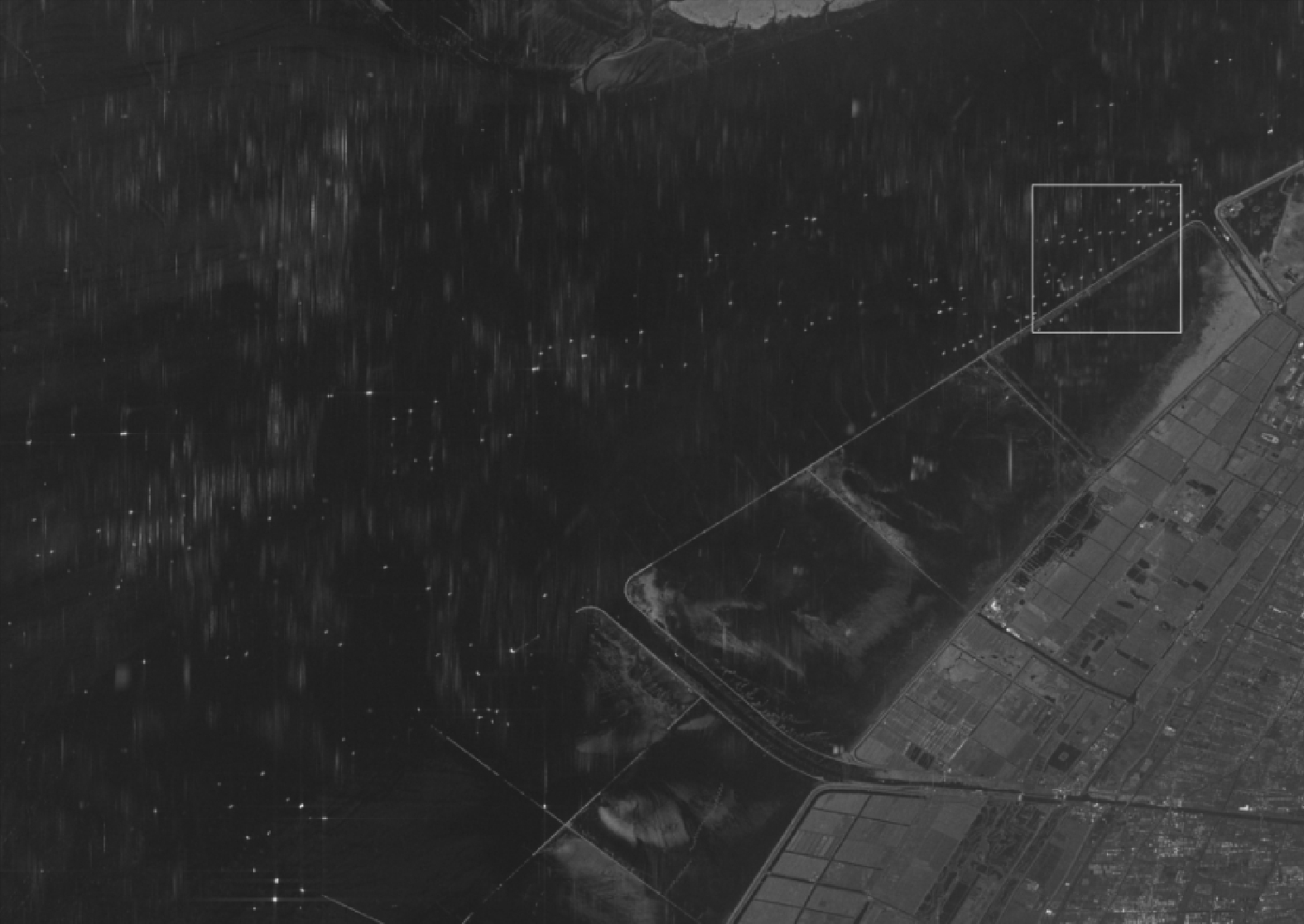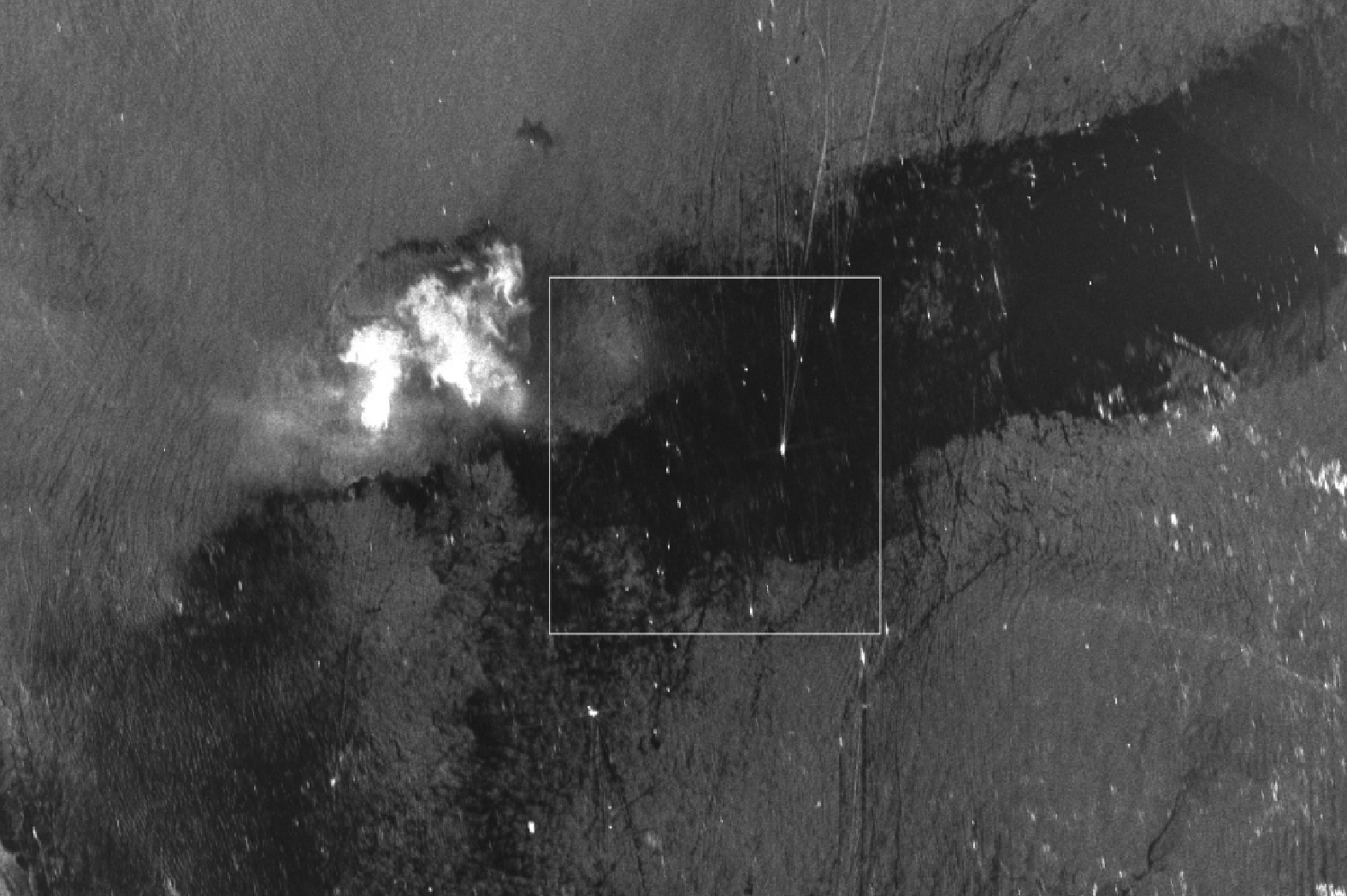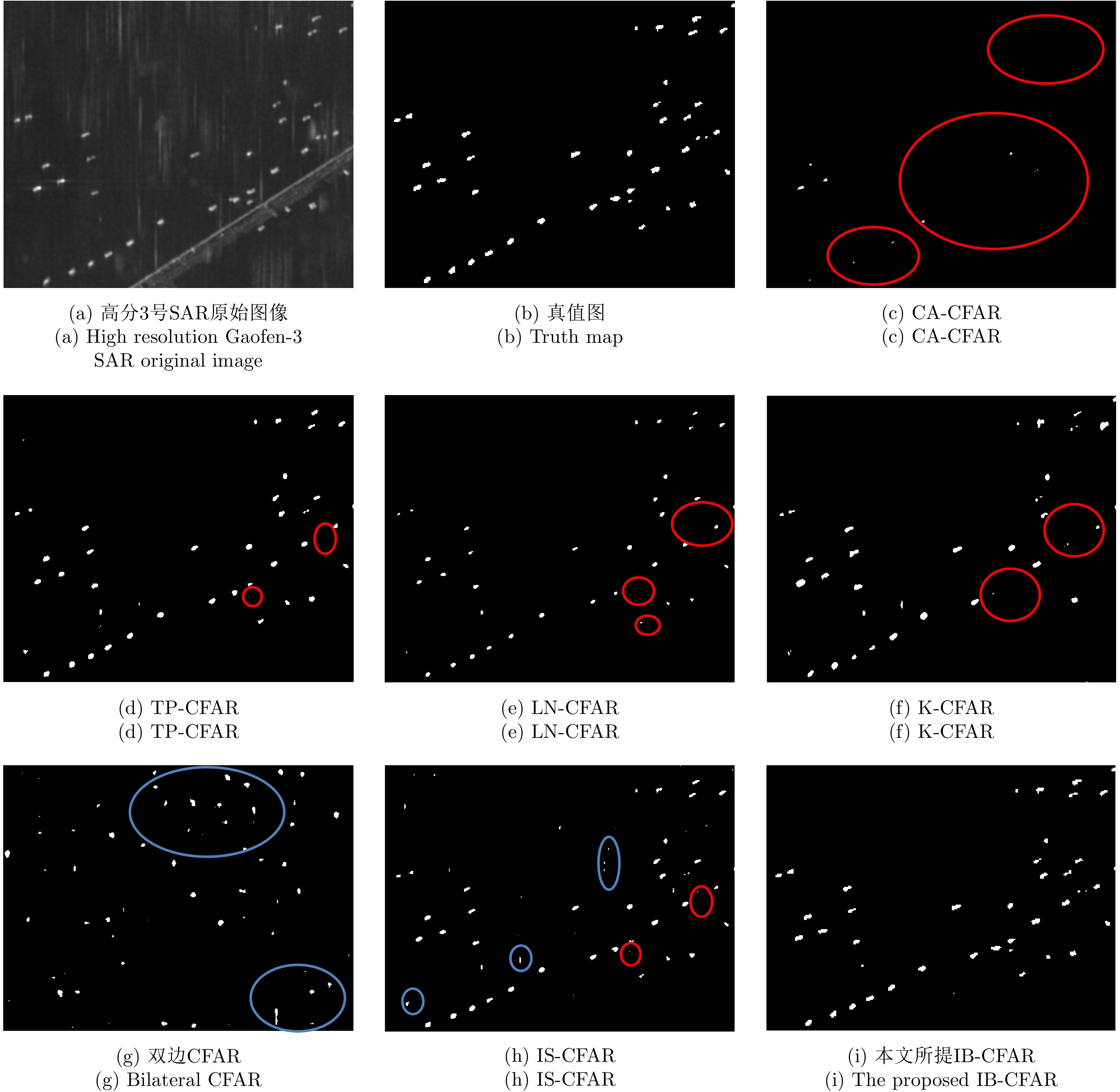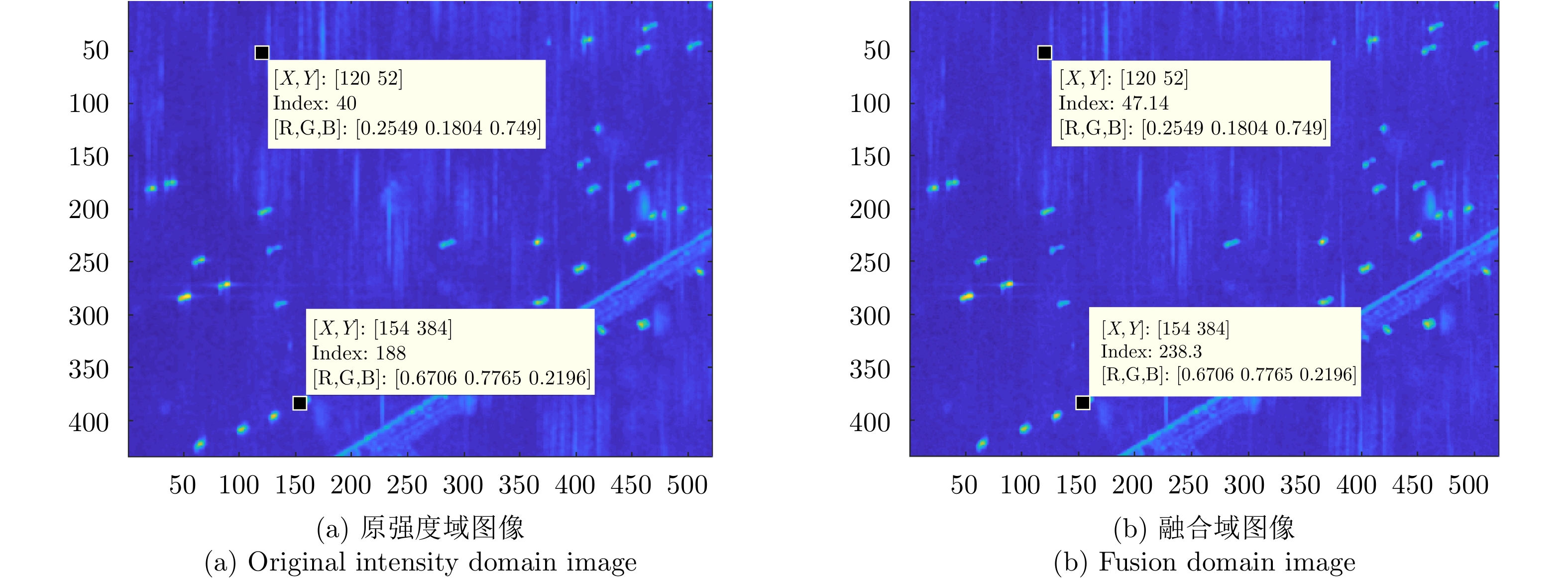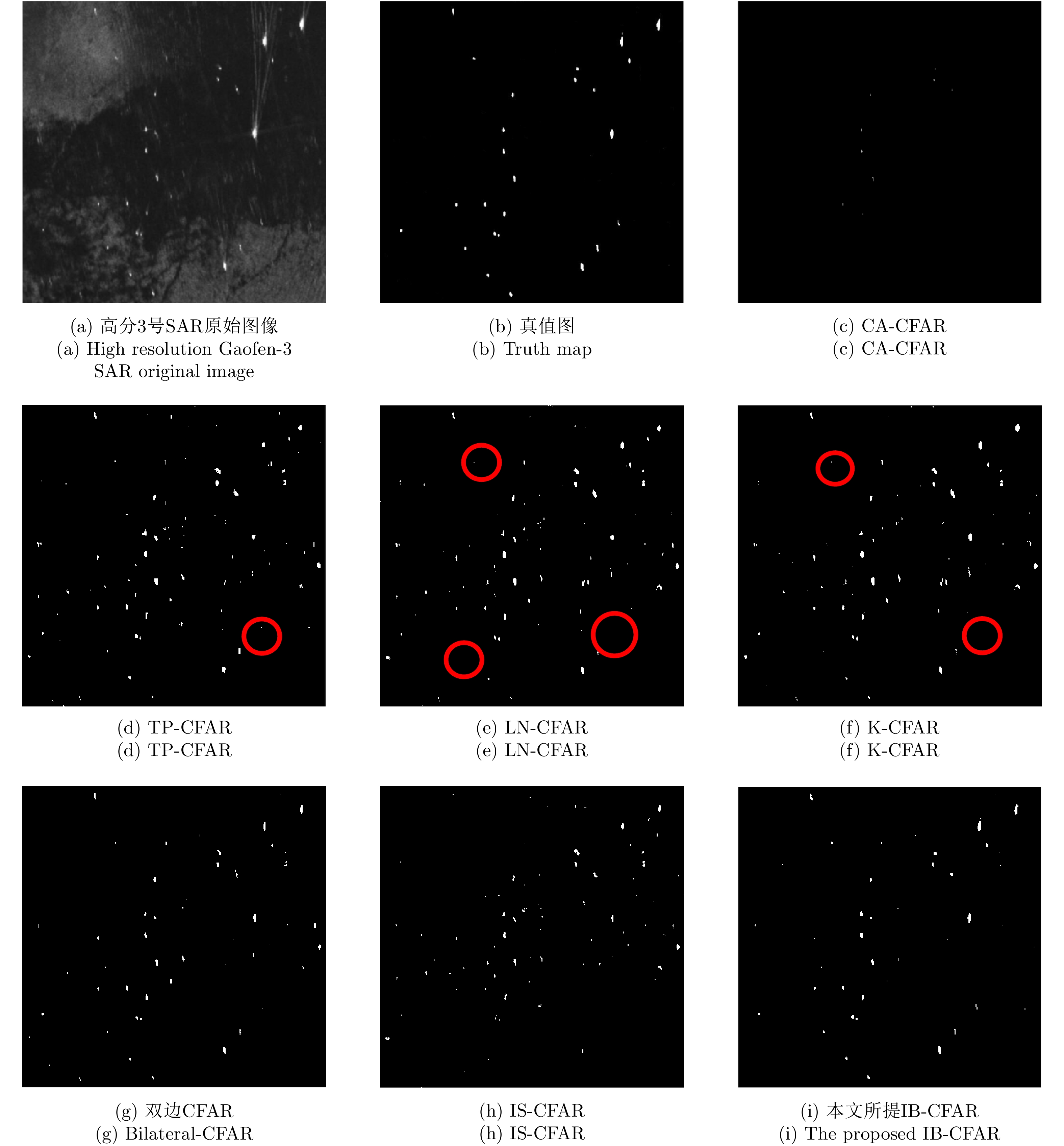| [1] |
许述文, 白晓惠, 郭子薰, 等. 海杂波背景下雷达目标特征检测方法的现状与展望[J]. 雷达学报, 2020, 9(4): 684–714. doi: 10.12000/JR20084XU Shuwen, BAI Xiaohui, GUO Zixun, et al. Status and prospects of feature-based detection methods for floating targets on the sea surface[J]. Journal of Radars, 2020, 9(4): 684–714. doi: 10.12000/JR20084 |
| [2] |
李春升, 于泽, 陈杰. 高分辨率星载SAR成像与图像质量提升方法综述[J]. 雷达学报, 2019, 8(6): 717–731. doi: 10.12000/JR19085LI Chunsheng, YU Ze, and CHEN Jie. Overview of techniques for improving high-resolution spaceborne SAR imaging and image quality[J]. Journal of Radars, 2019, 8(6): 717–731. doi: 10.12000/JR19085 |
| [3] |
杜兰, 王兆成, 王燕, 等. 复杂场景下单通道SAR目标检测及鉴别研究进展综述[J]. 雷达学报, 2020, 9(1): 34–54. doi: 10.12000/JR19104DU Lan, WANG Zhaocheng, WANG Yan, et al. Survey of research progress on target detection and discrimination of single-channel SAR images for complex scenes[J]. Journal of Radars, 2020, 9(1): 34–54. doi: 10.12000/JR19104 |
| [4] |
GREENSPAN M, PHAM L, and TARDELLA N. Development and evaluation of a real time SAR ATR system[C]. 1998 IEEE Radar Conference, RADARCON’98. Challenges in Radar Systems and Solutions, Dallas, USA, 1998: 38–43.
|
| [5] |
DAI Hui, DU Lan, WANG Yan, et al. A modified CFAR algorithm based on object proposals for ship target detection in SAR images[J]. IEEE Geoscience and Remote Sensing Letters, 2016, 13(12): 1925–1929. doi: 10.1109/LGRS.2016.2618604 |
| [6] |
NOVAK L M, OWIRKA G J, and NETISHEN C M. Radar target identification using spatial matched filters[J]. Pattern Recognition, 1994, 27(4): 607–617. doi: 10.1016/0031-3203(94)90040-X |
| [7] |
RAES R L, LORENZZETTI J A, and GHERARDI D F M. Ship detection using TerraSAR-X images in the Campos basin (Brazil)[J]. IEEE Geoscience and Remote Sensing Letters, 2010, 7(3): 545–548. doi: 10.1109/LGRS.2010.2041322 |
| [8] |
WANG Zhaocheng, DU Lan, ZHANG Peng, et al. Visual attention-based target detection and discrimination for high-resolution SAR images in complex scenes[J]. IEEE Transactions on Geoscience and Remote Sensing, 2018, 56(4): 1855–1872. doi: 10.1109/TGRS.2017.2769045 |
| [9] |
GINI F and RANGASWAMY M. Knowledge-Based Radar Detection, Tracking, and Classification[M]. Hoboken, USA: Wiley-Interscience, 2008: 167–196.
|
| [10] |
CRISP D J. The state-of-the-art in ship detection in synthetic aperture radar imagery[R]. DSTO-RR-0272, 2004: 2–30.
|
| [11] |
AI Jiaqiu, CAO Zhenxiang, and XING Mengdao. An adaptive-trimming-depth based CFAR detector of heterogeneous environment in SAR imagery[J]. Remote Sensing Letters, 2020, 11(8): 730–738. doi: 10.1080/2150704X.2020.1763501 |
| [12] |
QIN Xianxiang, ZHOU Shilin, ZOU Huanxin, et al. A CFAR detection algorithm for generalized gamma distributed background in high-resolution SAR images[J]. IEEE Geoscience and Remote Sensing Letters, 2013, 10(4): 806–810. doi: 10.1109/LGRS.2012.2224317 |
| [13] |
OLIVER C J. A model for non-Rayleigh scattering statistics[J]. Optica Acta: International Journal of Optics, 1984, 31(6): 701–722. doi: 10.1080/713821561 |
| [14] |
LIAO Mingsheng, WANG Changcheng, WANG Yong, et al. Using SAR images to detect ships from sea clutter[J]. IEEE Geoscience and Remote Sensing Letters, 2008, 5(2): 194–198. doi: 10.1109/LGRS.2008.915593 |
| [15] |
GAO Gui, LIU Li, ZHAO Lingjun, et al. An adaptive and fast CFAR algorithm based on automatic censoring for target detection in high-resolution SAR images[J]. IEEE Transactions on Geoscience and Remote Sensing, 2009, 47(6): 1685–1697. doi: 10.1109/TGRS.2008.2006504 |
| [16] |
FARROUKI A and BARKAT M. Automatic censoring CFAR detector based on ordered data variability for nonhomogeneous environments[J]. IEE Proceedings - Radar, Sonar and Navigation, 2005, 152(1): 43–51. doi: 10.1049/ip-rsn:20045006 |
| [17] |
JIANG Wen, HUANG Yulin, and YANG Jianyu. Automatic censoring CFAR detector based on ordered data difference for low-flying helicopter safety[J]. Sensors, 2016, 16(7): 1055. doi: 10.3390/s16071055 |
| [18] |
BLAKE S. OS-CFAR theory for multiple targets and nonuniform clutter[J]. IEEE Transactions on Aerospace and Electronic Systems, 1988, 24(6): 785–790. doi: 10.1109/7.18645 |
| [19] |
AI Jiaqiu, TIAN Ruitian, LUO Qiwu, et al. Multi-scale rotation-invariant haar-like feature integrated CNN-based ship detection algorithm of multiple-target environment in SAR imagery[J]. IEEE Transactions on Geoscience and Remote Sensing, 2019, 57(12): 10070–10087. doi: 10.1109/TGRS.2019.2931308 |
| [20] |
AI Jiaqiu, YANG Xuezhi, SONG Jitao, et al. An adaptively truncated clutter-statistics-based two-parameter CFAR detector in SAR imagery[J]. IEEE Journal of Oceanic Engineering, 2018, 43(1): 267–279. doi: 10.1109/JOE.2017.2768198 |
| [21] |
AI Jiaqiu, LUO Qiwu, YANG Xuezhi, et al. Outliers-robust CFAR detector of Gaussian clutter based on the truncated-maximum-likelihood- estimator in SAR imagery[J]. IEEE Transactions on Intelligent Transportation Systems, 2020, 21(5): 2039–2049. doi: 10.1109/TITS.2019.2911692 |
| [22] |
BRUSCH S, LEHNER S, FRITZ T, et al. Ship surveillance with TerraSAR-X[J]. IEEE Transactions on Geoscience and Remote Sensing, 2011, 49(3): 1092–1103. doi: 10.1109/TGRS.2010.2071879 |
| [23] |
WANG Chao, JIANG Shaofeng, ZHANG Hong, et al. Ship detection for high-resolution SAR images based on feature analysis[J]. IEEE Geoscience and Remote Sensing Letters, 2014, 11(1): 119–123. doi: 10.1109/LGRS.2013.2248118 |
| [24] |
LENG Xiangguang, JI Kefeng, YANG Kai, et al. A bilateral CFAR algorithm for ship detection in SAR images[J]. IEEE Geoscience and Remote Sensing Letters, 2015, 12(7): 1536–1540. doi: 10.1109/LGRS.2015.2412174 |
| [25] |
RAYNAL A M and DOERRY A W. Doppler characteristics of sea clutter[R]. SAND2010-3828, 2010.
|
| [26] |
|
| [27] |
LIU Y, FRASIER S J, and MCINTOSH R E. Measurement and classification of low-grazing-angle radar sea spikes[J]. IEEE Transactions on Antennas and Propagation, 1998, 46(1): 27–40. doi: 10.1109/8.655448 |
| [28] |
WANG Chonglei, BI Fukun, ZHANG Weiping, et al. An intensity-space domain CFAR method for ship detection in HR SAR images[J]. IEEE Geoscience and Remote Sensing Letters, 2017, 14(4): 529–533. doi: 10.1109/LGRS.2017.2654450 |




 Submit Manuscript
Submit Manuscript Peer Review
Peer Review Editor Work
Editor Work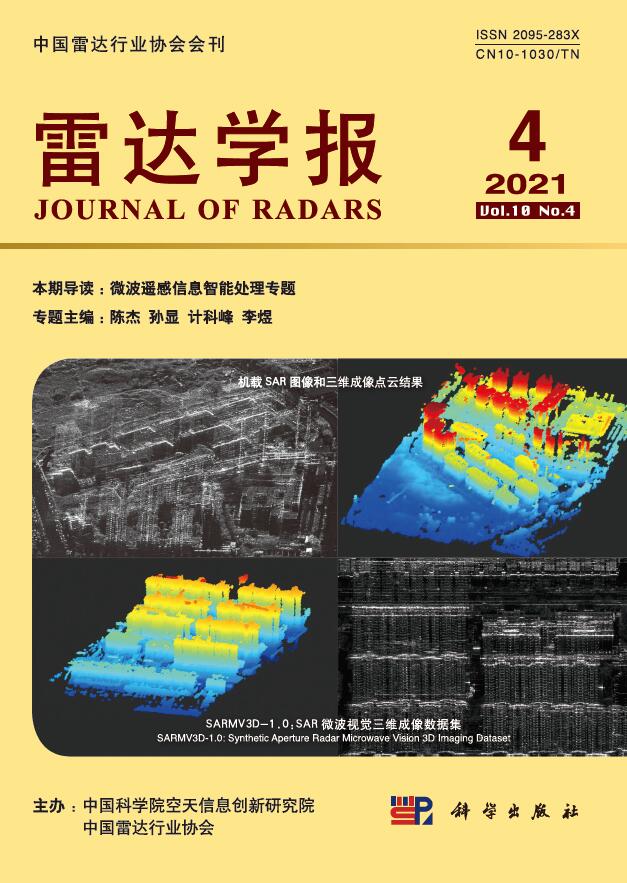

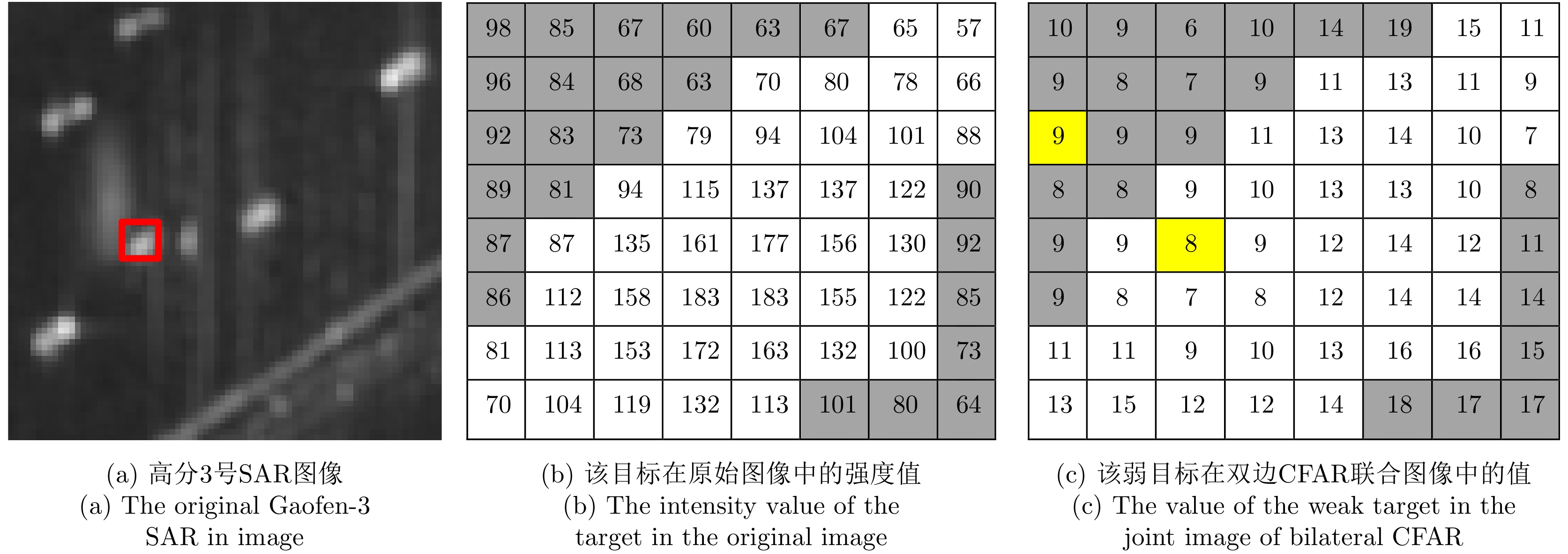



 DownLoad:
DownLoad:

